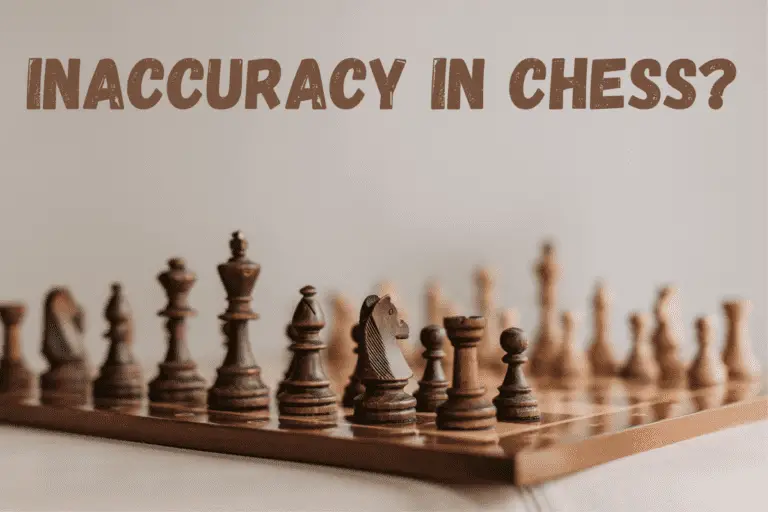How to Read Chess Engine Analysis & Learn From It
⭐⭐⭐ Take 4 minutes to read and improve your chess game ➡️ : This article was first published on, and is Copyright of Chessquestions.com
With the advent of chess engines, chess as a sport has changed completely. Using the power and speed of computers, engines have created a whole new world of advanced theoretical openings, unseen variations, sound strategic and tactical middlegame plans.
Popular chess engines like Komodo, Stockfish, Fritz, Rybka Houdini, and now even Leela Chess Zero have revolutionized the game of chess. They are software programs that have evolved over the years to become as strong as they are now. They have become an indispensable part of chess. Today, any player wishing to improve their level of the game must use them smartly.
How do chess engines work?
Chess engine analysis is only useful if one understands how to read it accurately, and put it to use correctly.
For a person who doesn’t know much about it, it might seem a little complicated. However, don’t worry!
We’re here to simplify the basics for you.
Engines basically function by calculating millions of variations and possibilities from a given position. They analyze how each variation will work out for both sides, and give an objective evaluation after showing the best moves. The primary use of chess engines is to avoid mistakes early on in the opening and middle game.
Chess engines are computer-based. Due to this, even the sky is not the limit and they can go on and on, giving the most accurate continuations.
How to read the engine analysis?
It is important to understand the numbers that are assigned to the evaluation and how the engines arrive at them. These numbers are basically calculated with respect to the point assigned to a pawn i.e. 1.
So for example, if the position gives an evaluation of +0.5, then the advantage is of about half a pawn. It’s as good as being half a pawn up.
The “+” and “-” signs are indicated alongside the evaluation.
The “+” shows that the position is better for White, while “–” shows that the position is better for Black.
The concept of depth of chess engine must also be understood. If the engine shows a depth of 15, then it means that it has calculated the next 15 moves for both sides. The evaluation being shown is of the end result of that calculation.
For example, if the engine shows (-1.5; depth 16), it means that after the engine has calculated 16 moves, the resulting position is one and a half pawns better for Black.
Chess engines are largely accurate as they derive their power from computer algorithms. However, even they are subject to error, if not given enough time to evaluate a position. The more time the engine analyses a position, the better the resulting analysis.
The engine will dive deeper, check more variations, evaluate each one correctly and come to a conclusion. It’s accurate – 99.9% of the time (because all things should be given 0.1% chance of error!)
The depth and evaluation of the chess engines depends on important components such as –
- The capacity of the engine,
- The strength and speed of the computer being used.
- The number of variations that are asked to be calculated
- And the time given for analysis.
Some frequently used evaluation symbols and their meanings are –
- +- means white is completely winning
- -+ means black is completely winning
- ± white is significantly better (and minus upon plus means black is significantly better)
- +/= means White has a slight advantage.
- =/+ means Black has a slight advantage
- = means both sides have an equal chance
When the engine sees a sure way to mate, it often shows #(x number of moves). It indicates that there is a mate in a variation in x number of moves from the given position.
For eg – (#6) 25…Qd6, means that there is a mate in 6 moves in the position after 25…Qd6.
Chess engines vs Human brain
Chess engines are popular for their quick speed in analyzing vast numbers of variations and arrive at accurate evaluations. For humans, it would take hours or even days to arrive at it.
The main benefit of using a chess engine is that it saves time and effort. They are almost always accurate, but some margin for error must be assumed.
You can use chess engines for –
- Learning opening theory,
- Finding new plans and ideas in middlegames
- Analysing your games
Though chess engines have mechanized the process of analyzing and increased the speed of doing so, human intuition is still very important.
Sometimes an engine shows moves that are very unnatural and don’t make sense to a human being. In some cases, it might fail to notice natural and simple moves that a human might spot instantly.
In other cases, engines suggest variations that are extremely risky and sharp – something that humans wouldn’t opt for.
So completely relying on it and not using your own thoughts, ideas and intuition might hinder your progress. Solely relying on engine analysis and memorizing the variations without understanding them can be dangerous. You might find yourself clueless if your opponent deviates even slightly from engine suggested lines.
Hence, it is important to maintain a fine balance between the recommendations of engines and the ideas that you have found and developed.
Conclusion
Chess engines are beneficial in a variety of ways. They help us prepare for our games and aid us in avoiding possible mistakes. They give an objective outlook towards the position, which a human might misjudge. Chess engines give us a rational point of view that there can be more than one good move in a given position for both sides.
However, don’t get carried away by the exceptional uses of an engine. It must be understood that engines will only supplement your existing knowledge – it is not a replacement for it.



![50 Most Common Questions About Chess [Chess FAQs]](https://chessquestions.com/wp-content/uploads/2022/02/Questions-about-chess-768x512.jpeg)


